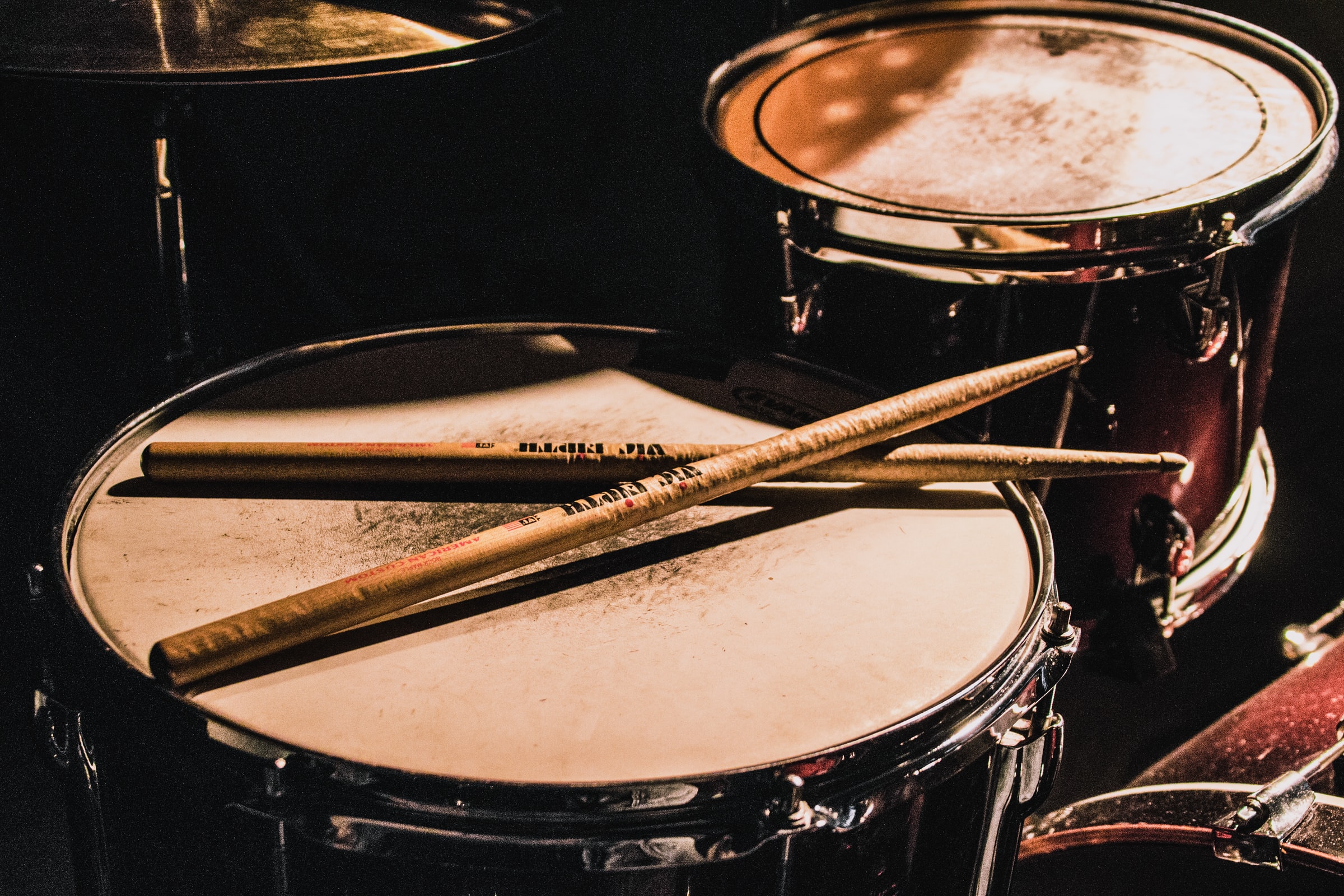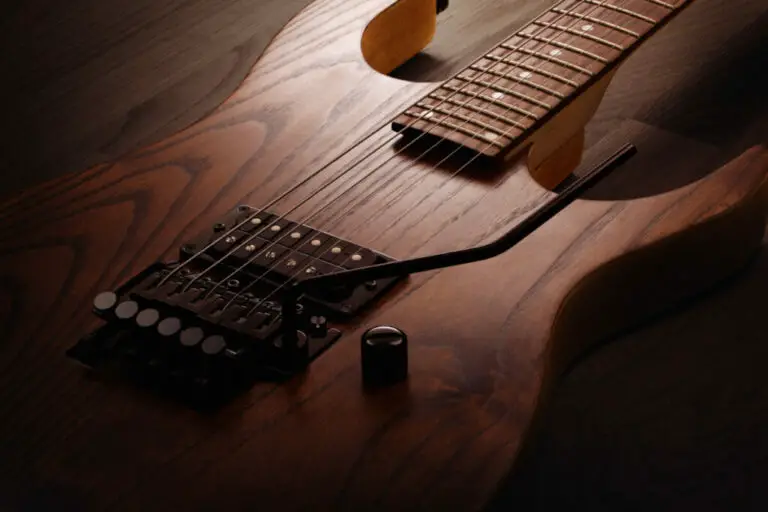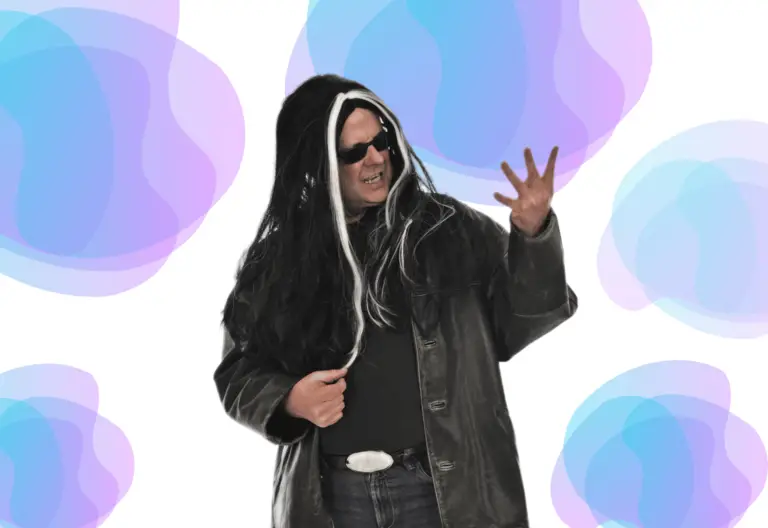Are Drum Heads Recyclable?
If you’re a hardcore drummer, we assume you’ve broken your fair share of equipment. Furthermore, the stereotype of angry teenage drummers abusing their drums like they stole their childhoods doesn’t bode well for drum heads — the unfortunate targets of these attacks. So, what happens to poor, broken drumheads? Are drumheads recyclable?
Yes — most drumheads are made of plastic and are therefore recyclable. There are plenty of creative ways to use your busted drumheads. Potential uses include making O-rings, snare wire traps, and repair patches for other broken drumheads.
Read on to discover creative ways to spare the landfills from another broken drumhead.
Different Ways to Recycle Drumheads
Before the industrial revolution, drummers would replace busted drumheads with fresh animal hides. The old ones would decompose naturally.
Nowadays, however, most drumheads are made of plastic — usually polyester or mylar. Thus, you have two options when dealing with a broken one: throwing it into a landfill where it’ll remain for many years or recycling it. Understandably, we believe the second approach is best.
So, what can you do besides tossing your broken drumhead?
1) Flip Your Drumhead Upside Down
Sometimes the simplest solution is best. If you’re dealing with a small nick rather than a deep gash, flipping the drumhead upside down prolongs usage. However, it’s important to note that this isn’t a permanent fix. Because cuts and cracks weaken the entire drumhead, you’ll need to do something else when it breaks again.
2) Turn Your Drumhead Into an O-Ring
Sure, you’ll still need to replace your drumhead if it’s busted. However, an old drumhead can be cut into a makeshift O-ring to control muffling. Plus, you’ll save money by not needing to buy dedicated parts.
Here’s a breakdown of how to turn your drum head into an o-ring:
Step 1
Cut the hoop off the drumhead, leaving only the flat surface. Make sure you don’t cut into the sloping edges. Consider using a bowl as a template.
If you don’t trust your precision, start by cutting out a smaller ring several inches from the outer portion of the circle. Note: smaller O-rings provide a snare drum style sound, while larger ones enhance bass.
Step 2
Frustratingly, you may notice that your makeshift ring won’t like to lay flat. Since the drumhead has sustained significant wear and stretching, it’s not as taut as it was when new. Don’t worry — this is normal.
Since you’re dealing with plastic, you can use heat to manipulate its shape to sit flat. There are a few ways to do this (with extreme caution):
- Ironing the drumhead at a very low temperature
- Blowing it with a hairdryer on the lowest possible setting
- Placing it next to a heater under your diligent supervision.
Some people prefer placing the drumhead between towels to protect it from damage. Just be careful, and please don’t catch anything on fire.
Step 3
Test your new o ring! Observe how your drum sounds with and without it. If the change is too great, you can cut the ring thinner to lessen the effect. Otherwise, save the ring for another drum with a different circumference if you don’t like it.
Step 4
Do you have leftover parts of your drum head? Or was your first attempt at making your own o-ring unsuccessful?
Just toss whatever’s left into the recycling bin if you can. This is, undoubtedly, the easiest way to recycle a busted drumhead.
3) Make Snare Wire Straps
Drum heads are made from durable plastics that hold their shape over time.
Your snare strap broke while in the middle of your practice? Worry not! You can make snare straps from your old drumheads using these steps:
- Take your old drumhead and cut it into several 8-10 inch long, ½ inch wide strips.
- Use a ruler to make sure you cut them straight to avoid misalignment later.
- Finally, fold it over and insert it into the strap slots of your wires. You can keep some inches for another time, or it can come in handy in an emergency.
4) Use Them to Stop or Control Snare Buzz
Snare buzz is the noise you get from hitting a Tom. It’s caused by the low frequencies coming out from your drum monitor.
While eliminating snare buzz is hard, you can minimize it by using old drumheads. If the snare buzz is minor, you can cut a thin strip from your old drumhead and use it to reduce the sound.
If you want to spice things up, a longer and thicker strip can bring deeper, more thunderous tones. Place the strip in between the snare wires while folding the edges out. If you place the strip closer to the center, then buzz with a decrease to a greater extent, but along with that, the snare wire response will also decrease.
Be sure to adjust the strip until you like what you hear. Rotate the snare drum to increase the distance between the toms and wires. Experiment until you achieve the type of sound you want.
Quick Tip: Keep the strip in the center so that the overall tone of your drum remains unaffected.
5) Create a Kick Drum or Bass Drum Patch
If you are a heavy hitter or use thick sticks, you’ve probably patched a drum or two in your past. Good news — you can make your own drum patch from used drumheads. Broken drum, meet other broken drum.
A good drum patch is often a bit bigger than your hole. You don’t want it to cover too much surface, as that will affect your sound. Instead, measure the gap on the drum that needs repair and cut the patch slightly larger.
You can use strong glue (Gorilla is a good choice) that will withstand a beating. Once installed, the drum patch should noticeably extend the life of your drum.
6) Protect Other Drums in Storage
While transporting, you can use old drumheads to protect new ones via layering. Place the old heads between new drums to act as a natural cushion.
When transporting drums, metal pieces can leave scratches and wear out newer heads. But when you use old drumheads, they can reduce the impact.
You can also apply this to other items in transport, as well. If the broken drumhead is big enough, use it to cover anything else you don’t want to be scratched. When dealing with protruding pieces of metal (like band gear), this is a safer bet than bubble wrap.
7) Keep Used Drumheads as Backups
If you are recording in a studio or performing a gig, something must break — it’s a scientific law. If it happens to be your drumhead, an old one can come in handy.
Keeping your old drumheads at the bottom of each drum case is better than tossing them in a landfill. The alternative is trying to locate the nearest music store in a panic for a replacement.
8) Make Something Decorative
Getting creative is fun. You can make a decoration for your studio to add to its aesthetic.
Painting your drumheads with unique designs can remind you of past performances. Plus, drumheads offer a completely different canvas for some artistic experimentation.
Another way to repurpose a drumhead is to turn it into a clock. Clock kits are available through online retailers or nearby arts and craft stores.
To make your drum clock, carefully cut around the circumference of the drumhead. Using a drawing compass, create four quadrants and mark the hours. Then, draw two equally spaced lines (30 degrees apart) in each quadrant.
Finally, assemble the clock mechanism by drilling a small hole in the center of the head. Design the clock to suit the vibes of whatever room you choose to display it!
9) Donate Your Drum Heads
Donating is a philanthropic way to get rid of a drumhead. A local school or church may greatly appreciate it, as it can be costly for them to replace drumheads frequently.
Also, organizations like Band of Angels, Hungry for Music, and Instruments in the Cloud take instrument donations. Check out Save The Music Foundation to see who’s accepting donations near you.
Hungry for more ideas? See the video below for more creative drumhead hacks:
Frequently Asked Questions (FAQs)
Are drumheads the same at the top and bottom?
Drumheads have two sides: a batter head and a resonant head. The batter is the side you hit while playing, and the resonate head responds to it.
So, can you flip it around if one side is damaged? Yes, you can flip them as a way to recycle if it’s getting old and dented.
Are drumheads made from pigs?
What are drum heads made of? There was a time when drumheads were made from animal skin. Nowadays, however, they are made from plastics like polyester, mylar, or a mix of both.
More specifically, polyethylene terephthalate is one of the most commonly used polyesters nowadays due to its durability.
Conclusion
Drumheads are recyclable. You can save money (and the planet) by getting your D-I-Y game on by avoiding the temptation to throw them in the trash.
You can be creative as well as thrifty. Treat a broken drumhead as an opportunity to learn to paint, make a clock, or give back to the musical community via donations. Plus, recycling and reusing are critical for sparing the environment from more unnecessary waste.









